Overview
Map
Other Details
كنيسة مار الياس
Himlaya
Metn
Mount Lebanon
كنيسة مار الياس - حملاياسنة ١٩٠٤ قُسِّمت كنيسة مار جرجس بين آل الراعي وآل الريّس. فقرّر يوسف الريّس البقاء مع أخواله في الكنيسة القديمة، لكنّه عاد سنة ١٩٠٦ وقرّر إنشاء كنيسة جديدة لمار جرجس مع عددٍ من عائلات البلدة. بقيت هذه الكنيسة مًقفلة حتّى ستينيّات القرن العشرين حين أّعيد افتتاحها وتكريسها على إسم مار الياس. الكنيسة مسقوفة وتحوي ثلاث حنايا. تضمّ الكنيسة ساعة طنّانة، وتحوي لوحةُ من عمل حبيب سرور.The church of St Elijah - HemlayaIn 1904 the old St George’s church was divided between the Rahi and the Rayess families. Back then Youssef El Rayess decided to stay with his uncles, yet in 1906 he decided to build a new church dedicated to St George with a number of the village’s families. This church remained closed until the sixties when it was rededicated to St Elijah. The church is a roofed structure with three apses, it holds a clocktower and contains a painting of St Elijah by Habib Srour.
Visited 2387 times, 3 Visits today
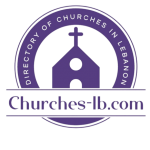
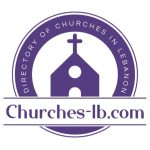

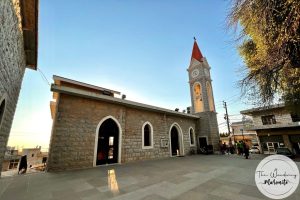
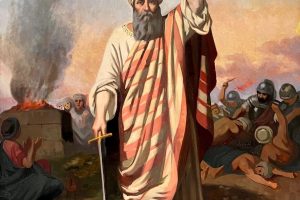
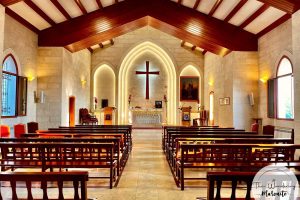
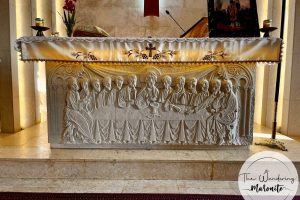
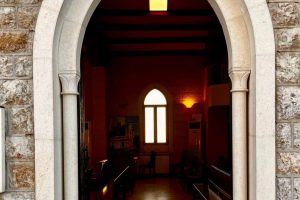





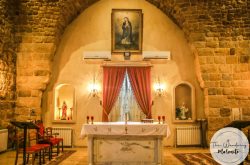
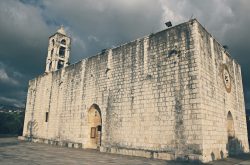
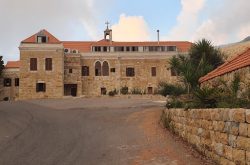
Reviews are disabled, but trackbacks and pingbacks are open.